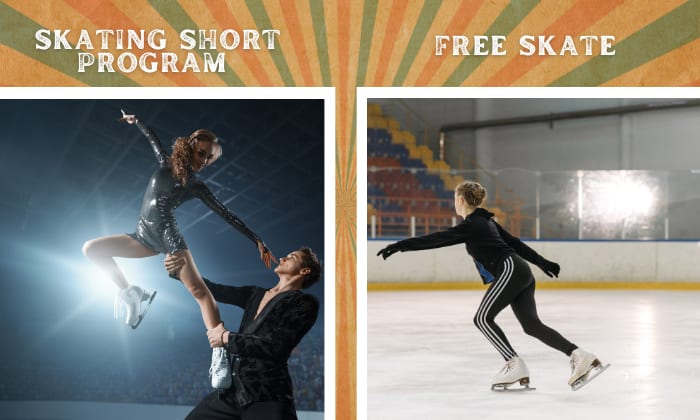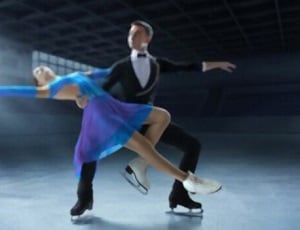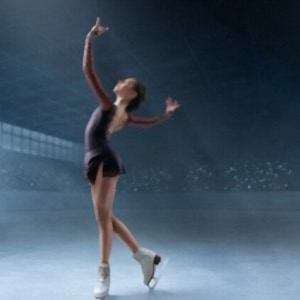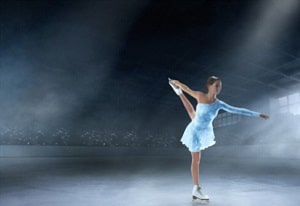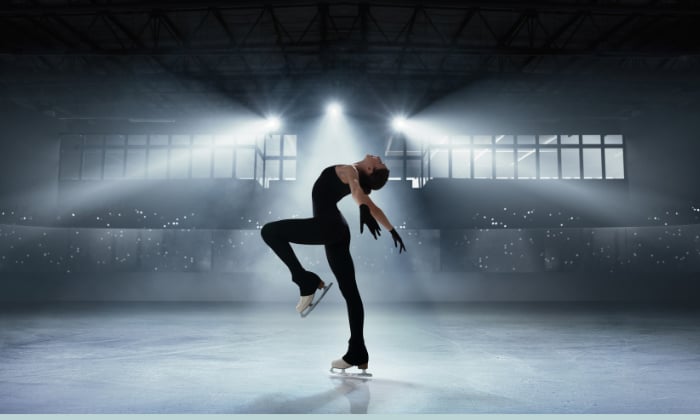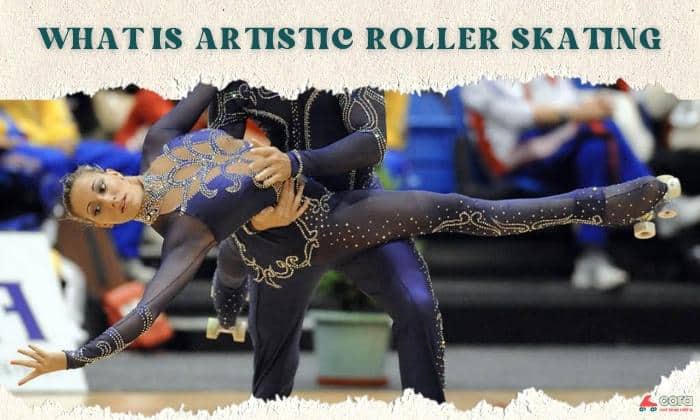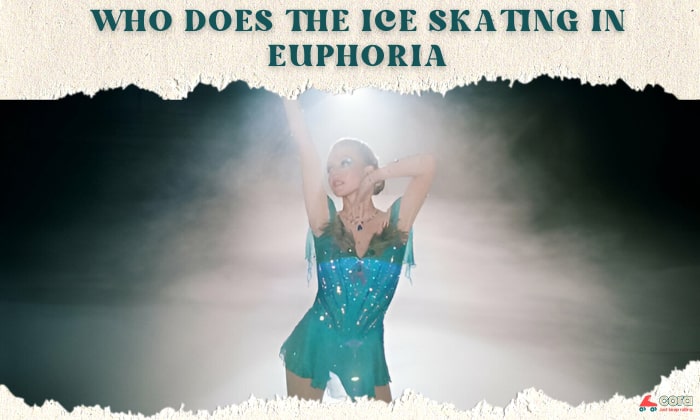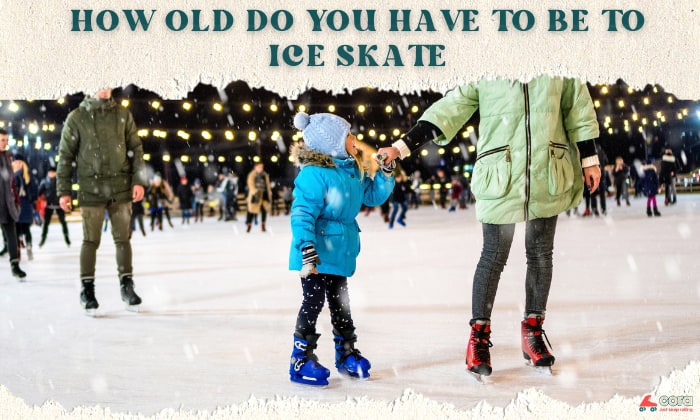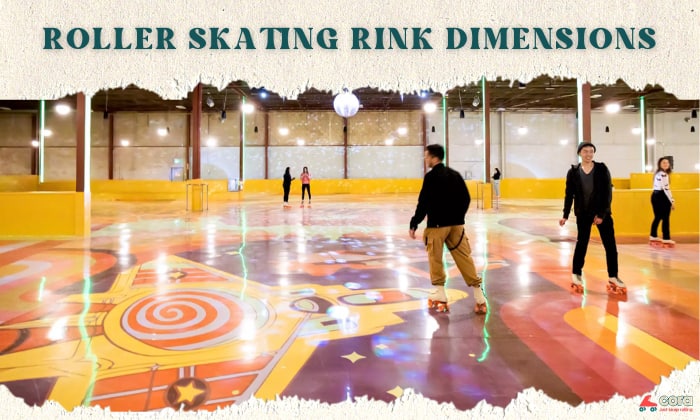Higher-level skating competitions are divided into two segments: short program and free skate segments. They may look similar at first glance, but the two categories actually differ in quite a few aspects.
If you enjoy watching ice skating competitions, like those in the Olympics, it is worth knowing the details of the short program vs free skate. Below, we will go through all the specifics. So keep reading to get a complete understanding.
Let’s inch slowly into the topic. Here is a summarized comparison table:
| The Short Program | The Free Skate | |
| The Categories / Events |
|
|
| The Display | Showcases the athleticism and elegance of ice skating as a sport | Showcases the athleticism and elegance of ice skating as a sport |
| The Evaluation |
|
|
| The Number & Requirements of Elements | Specific given elements | Skaters get to choose elements |
| The Performance Duration |
|
|
| The Room for Error | Candidates are less likely to make mistakes | More room for error |
Let’s explore these in more detail now.
Page Contents
Free Skate vs. Short Program – Similarities
The Categories / Events
Both the short program and free skate segments are included in the singles, pairs, and synchronized ice skating categories Olympics.
The Display & Evaluation
In either segment, a panel of judges gives skaters a technical score and a program component score after assessing their athleticism and elegance.
Free Skate vs. Short Program – Differences
1. The Number & Requirements of Elements
The first difference between the short program and free skate (also referred to as the long program) is the number of elements – the ice skating jargon for “moves.” It refers to spirals, spins, lifts, jumps, etc.
Skaters must perform specific given elements in the short program in figure skating. On the other hand, candidates get to choose and mix-match elements to create a performance in the free skate. There is, however, a cap on the number of elements used.
- Singles
Performers in the singles events are judged for their form, style, and technique. Their concentration and ability to perform under pressure are also critical.
These five factors are assessed through various required elements in the short program, such as the spin/jump elements and a step sequence. As the elements in each performance are the same, audiences from online communities, such as Reddit, tend to say short programs are repetitive.
The free skate segment shares the same assessment criteria but gives skaters the freedom to pick the elements they want to perform. Although elements are up to skaters, there’s a competition cap on the maximum number. If candidates exceed limits, the excess elements will not be counted.
- Pairs
Similarly, in the pairs events, the short program’s requirements are more specific than the free skate’s. Candidates are expected to demonstrate synced side-by-side individual jumps, throw jumps, a death loop, a step series, solo spins, and double/triple twist lifts.
In contrast, long program figure skating includes performances that showcase technical skills and choreography. Without fixed elements, performers are expected to showcase their technical skills and artistic talent. In free skating, mastery of grace and jumping is essential to winning judges over.
- Synchronized Skating
This is team skating of 8 to 16 (or sometimes up to 20) participants. They perform together, ideally demonstrating speeds, formations, and precise timing.
Similar to singles and pairs events, synchronized skating is split into a short program and a free skate segment. The former calls for specific required elements, while the latter doesn’t.
Examples of synchronized skating elements are wheels, lifts, movements in isolation, moves in the field, and intersections, to name a few.
2. The Performance Duration
As you might have guessed from the name, the figure skating short program length is not as extensive as the free skate segment. Thus, the latter is sometimes also referred to as the figure skating long program.
- For singles and pairs, the short program figure skating Olympics is 2 minutes and 40 seconds. And ice dance takes 2 minutes and 50 seconds.
- On the other hand, the figure skating free skate is 4 minutes. Previously, this segment took 4 minutes and 30 seconds for men and pairs.
3. The Room for Error
Since short programs tend to have fewer elements, candidates are less likely to make mistakes.
On the other hand, while free skate programs allow candidates to choose elements to their liking, the higher number of techniques can result in more mistakes. And even if they exceed the required range, they won’t get any bonus points.
Frequently Asked Questions (FAQs)
Free skate vs short program – which happens first?
The short program happens first, then the free skate follows. Therefore, the free skate segment is sometimes casually called the “second skating segment.”
Is there a short program and free skate segment division in ice dancing?
The ice dancing competition is divided into segments, but these are not called the short program and free skate. Instead, they go by “rhythm dance” and “free dance, which are similar to the “short program” and “free skate” by nature.
- The rhythm dance, like the short program, is the first segment involving required elements, such as lifts, step sequences, and pre-set dance routines. Skaters are supposed to perform these to a given music rhythm and cadence range. For instance, the Olympics 2022 required dancing to the midnight blues pattern to a tempo of 86-96 BPM.
- Similarly, free dance is like rhythm dance. Skaters perform a broader set of elements, often showing off innovative choreography. They are allowed to pick their own music and tempo.
The scores of rhythm and free dance are also added together to arrive at an overall placement, as with the “short program” and “free skate.”
Note: Ice dancing and pairs events are also similar, with the only difference being the number of candidates performing.
Watch an example of rhythm dance ice skating.
Conclusion
“Short program” and “free skate” are the names of the two segments that higher-level ice skating competitions are divided into. They are both judged for athleticism and elegance by a panel and scored, but they differ in terms of the number of elements and performance durations.
Hopefully, you have learned a lot from this short program vs free skate comparison guide. If you have other questions, leave them in the comments. We will reply as soon as we can!

Harrison is a skating enthusiast who picked up the sport during her student exchange years in Canada. She has been a skating coach for children and teens for 3 years and now holds classes as a freelancer. Harrison entwines her experience leading skating classes in the content published on Cora to help readers fall in love with skating, just like she did.


